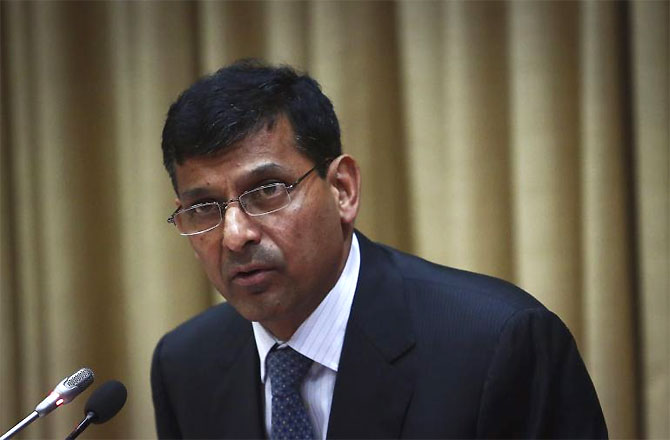 | « Back to article | Print this article |
Rupee becomes Asia's best-performing currency!
Before and after he took over as the 23rd governor of the Reserve Bank of India (RBI), Raghuram Rajan has been tirelessly saying he doesn’t have a magic wand. But the market seems to be banking precisely on the opposite.
The Rajan magic is indeed working, and how. Until a week ago, the rupee had lost about 20 per cent against the dollar this financial year and as the currency touched record lows almost every other day, for many there was no end in sight.
But the worst-performing Asian currency has become the best performer in just a week, appreciating 5.55 per cent since last Wednesday.
Click on NEXT for more...
Rupee becomes Asia's best-performing currency!
Observers, however, say Rajan’s “reforms” measures on his debut might have helped but what really boosted the sentiment were US jobs data falling short of estimates.
This tempered the concern that the Federal Reserve might cut stimulus this month. Another key factor was ebbing of the fear of a US strike on Syria.
The winning streak for the rupee continued on Wednesday with the currency firming up for a fifth straight session to rise 0.74 per cent and close at 63.37 a dollar, compared with the previous close of 63.84 a dollar.
The rupee is now at a three-week high, aided by dollar sales by corporate entities.
Dealers indicate large dollar inflows from a private petrochemicals company, as well as some likely dollar selling related to Mylan Inc’s $1.6-billion deal to acquire a unit of Strides Arcolab.
Click on NEXT for more...
Rupee becomes Asia's best-performing currency!
Foreign institutional investors (FIIs) invested $1 billion in Indian debt and equity markets in the four trading sessions to Tuesday.
“The positive sentiment around Rajan’s speech last week, the announcement of the a forex swap window for oil firms, as well as the FCNR (B) deposit scheme — all have contributed to strengthening of the rupee over the past few days. Additionally, the weaker-than-expected non-farm payroll data in the US and cooling of the fear around Syria helped,” said Brijen Puri, executive director & head of markets, JPMorgan.
Rajan announced a slew of measures to boost inflows in the country, including a concessional swap window for banks to convert FCNR (B) deposits mobilised for a minimum period of three years, at a fixed rate of 3.5 per cent for the tenor of the deposit.
Click on NEXT for more...
Rupee becomes Asia's best-performing currency!
This facility is likely to bring in $10 billion. On Rajan’s first day at Mint Road, the central bank also partially rolled back the capital-control measures.
This allayed fears among foreign investors that the country might be heading towards a capital-control regime.
“The measures announced by Rajan will take some time to attract flows to India. In the interim, the demand for dollars has to be met. Either FII flows will come in or RBI will have to keep intervening in the market to keep the rupee stable against the dollar. The next big thing for the rupee will be the US Fed’s meeting,” said Partha Bhattacharya, deputy CEO, Mecklai Financial.
Click on NEXT for more...
Rupee becomes Asia's best-performing currency!
The US Federal Open Market Committee (FOMC) meeting, scheduled for September 17-18, is expected to indicate when the US Fed might start tapering its stimulus programme — an event crucial for the fate of currencies of emerging markets, including India.
“Now all eyes are on the US Fed next week. Until then, we could very well see some more appreciation in the rupee, given the sentiment and the flows,” said JPMorgan’s Puri.
The rupee will also take a cue from the mid-quarter monetary policy review on September 20, where it will be seen if the new governor reverses the liquidity-tightening measures announced by his predecessor on July 15.
Also, before that, the government will release data for the July industrial output and August inflation.





